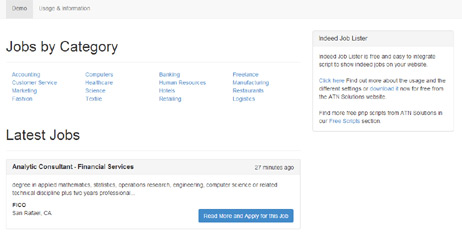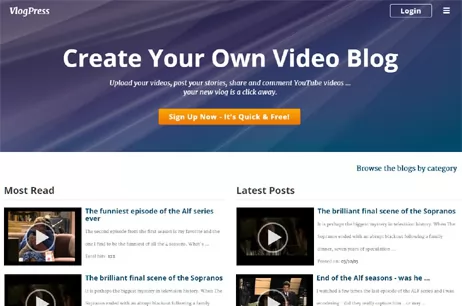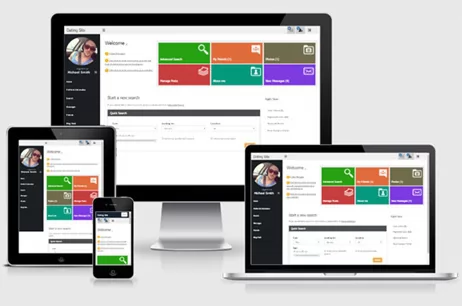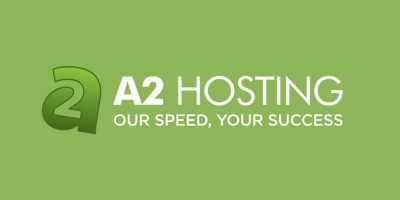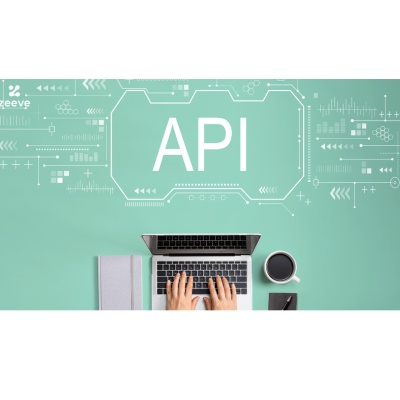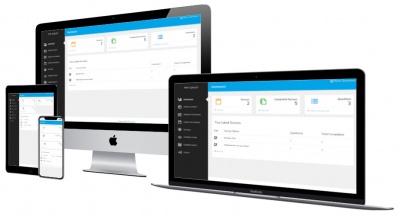The main menu is a major and probably the most important part of any website -it shapes the website vision, directs the users and has both a practical and aesthetic function. One of the first impressions the customers get when visiting your web page is the layout of the main menu and the web designers use to combine psychology, practice, creativity and intuition when making this menu.
The main menu is also part of the site marketing - it gives an indication to the user about what the site is and if he has found the right page and what he looked for on the web. So if the menu does not meet these primary requirements, there could be a high bounce rate (the customer quickly clicks back to the search result), low ranking and as a result few sales.
There are many "recipes" for building the perfect main menu you can find on the web telling why you should position some items at some particular position and not another one etc. , but to prevent your page from falling into the losers column, we'll take a look below at 15 most common mistakes done today when creating the menus.
1. Link to your Blog
The link to your blog has no place in the main menu - its function is to attract users to your site and to the products or services you offer. So the goal isn't once the customer have found your site, to start reading your blog post. It's better to put the blog button at the bottom of the page unless your site is a blog itself or blogging isn't your primary activity.
2. Your main menu is too long
A menu, which is too wide and takes most of screen neither looks good, nor attracts the attention of the users. Researches show that the human brain can perceive up to 7 buttons at a time, so shorten the number of links, make them clear and accurate.
3. The Contact button
This button is very important - it is actually your primary goal since your would like your customers to be able to contact you easily. There is really no need to be creative and replace it with texts like "Let's Talk" or similar, which may confuse the users since most of them are accustomed and looking for the short and simple "Contact" link.
4. Services
It's a common practice to have one summary button Services showing a very big list of services being offered - it's better to split this button in sub menus since this will allow to arrange better the information, will help the customer to find quickly the information he may need and will also give him instantly idea about your company activities by just looking at the menu.
5. The main menu is not responsive
Most people surf the net through their mobile devices and if your site and menu aren't responsive, they will experience troubles working with it and you may have a high bounce rate.
6. Home - the button returning to the main page
Here there are mixed opinions are mixed - on the one hand, the Home button is considered obsolete and now its function is taken by the company logo, but on the other hand, many large platforms still have a Home button. The solution could be to monitor what works for your site, track the number of clicks in one and the other, and leave what gives the best result.
7. In your main menu there are pages that are hardly visited
For example if the "Frequently Asked Questions" button has almost no traffic, but is one of the main buttons in the main menu the it is advisable to put it at the bottom of the page where it will not take away attention and will still be available to people who are looking for it.
8. The text on the buttons is too long
Try to keep the button texts and avoid using any sentence in the buttons - the good choice is between 1 or 2 words maximum. In some cases however exceptions may be allowed like for example when having a "Who are we?" link in the main menu.
9. You use a fly-out menu
The fly-out menus turn to be not very comfortable and sometimes misleading, so it's best to avoid them.
10. The main menu is not in its standard position
You should avoid unsuccessful creativity when it comes to the main menu location ... a main menu at the bottom of the page simply doesn't work and will cause troubles to your users to find and work with it.
11. Arrange your pages according to their visits
Observe which pages have the highest traffic and arrange the buttons accordingly to make it easier for the users and allow quicker navigation.
12. Try using Analytics to improve the main menu
You may start using Google Analytics, Qualaroo or CrazyEgg - these programs can give you a good idea about use clicks in the main menu links and which pages should really have their place in the main menu (CrazyEgg).
13. The link buttons aren't text
If you use images as link buttons this actually won't be an advantage for your users experience and also search engines see much better text.
14. Excessive navigation
You shouldn't overload the site with navigation and if necessary you may also put local navigation in the sidebar or have the Login and Contact buttons above the main menu and move the links to the less visited pages in the footer.
15. Avoid showing pages, which are under development
If you have pages that are still "under construction" hide them and don't show them in the main menu until they are fully finished.



